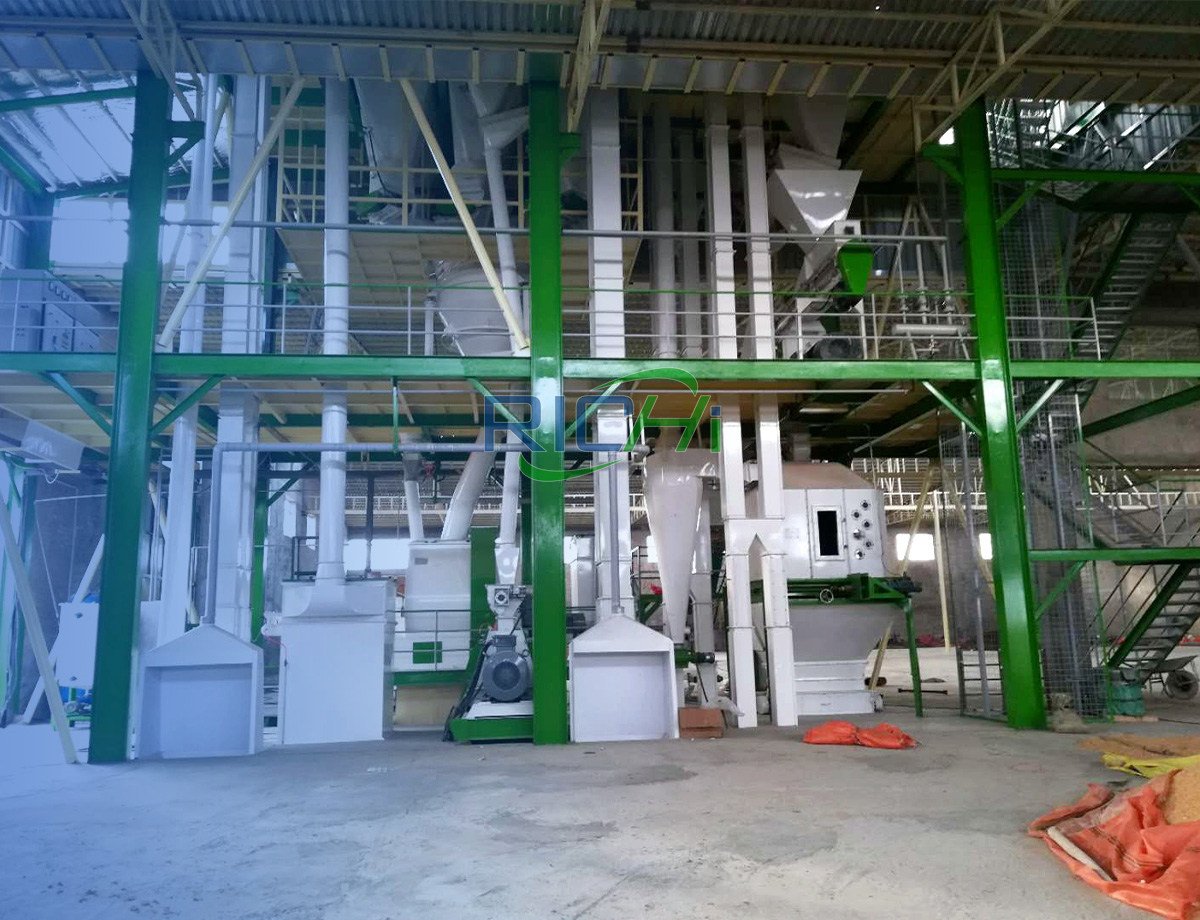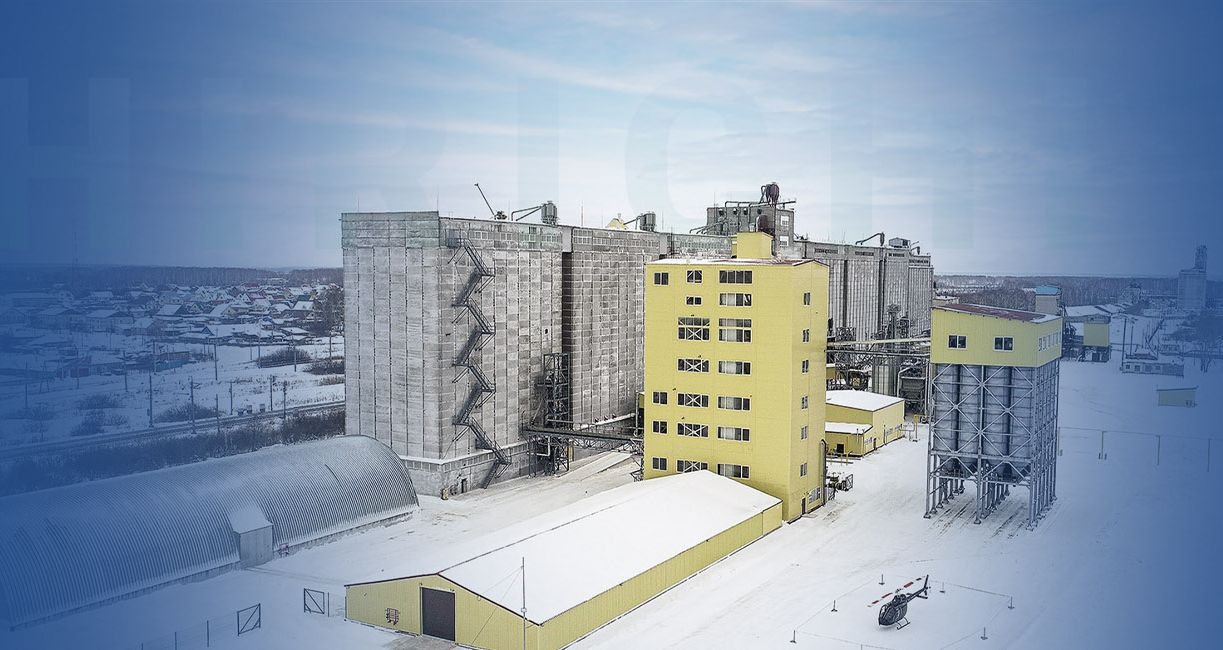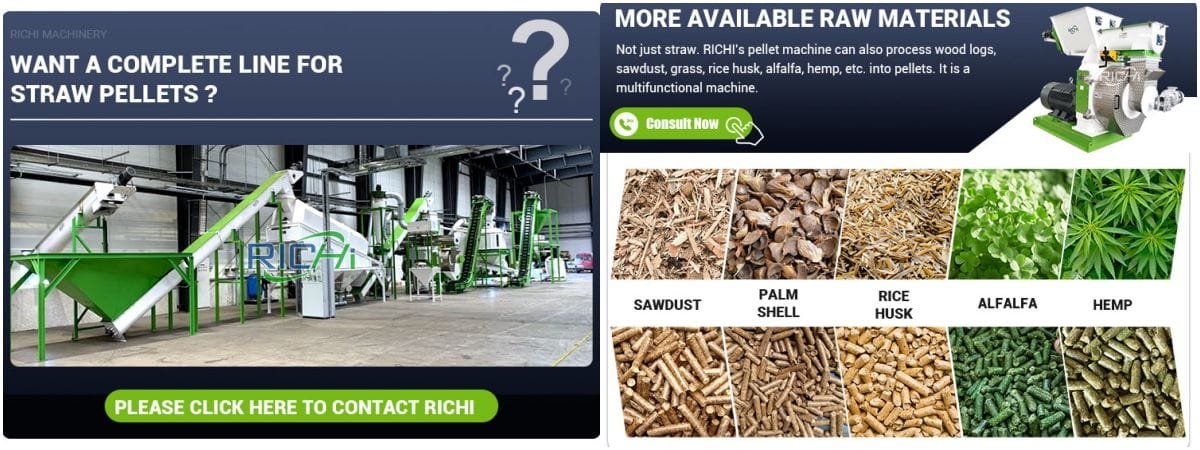A belt dryer machine is a versatile and efficient piece of equipment used in various industries for drying different types of materials. It is a continuous drying system that utilizes a conveyor belt to transport the materials through a heated chamber. The belt dryer machine is known for its high drying efficiency, uniform drying, and gentle treatment of the materials.
In this article, we will explore the working principle of a belt dryer machine, its key components, advantages, applications, maintenance, troubleshooting, safety precautions, energy efficiency, and future trends.
What is a Belt Dryer Machine?
A belt dryer machine, also known as a conveyor dryer, is a drying system that uses a continuous conveyor belt to transport and dry various materials. It is commonly used in industries such as food processing, chemical, pharmaceuticals, and agricultural processing.
The materials to be dried are evenly spread on the conveyor belt and pass through a heated chamber, where hot air or other drying medium is circulated to remove moisture from the materials.

How Does a Belt Dryer Machine Work?
The working principle of a belt dryer machine involves three main stages: loading, drying, and unloading. Initially, the materials to be dried are loaded onto the conveyor belt, which transports them through the drying chamber. In the drying chamber, hot air or other drying medium is circulated through the materials, evaporating the moisture.
The conveyor belt moves at a controlled speed, ensuring uniform drying of the materials. Finally, the dried materials are discharged from the machine for further processing or storage.
Key Components of a Belt Dryer Machine
A belt dryer machine consists of several key components that work together to facilitate the drying process. These components include a conveyor belt, a heating system, a drying chamber, fans or blowers, and a control system.
- The conveyor belt is made of a heat-resistant material and is responsible for transporting the materials through the drying chamber.
- The heating system provides the necessary heat to remove moisture from the materials, while the drying chamber contains the materials during the drying process. Fans or blowers circulate the hot air or drying medium throughout the machine, ensuring even drying.
- The control system regulates the temperature, speed, and other parameters to achieve optimal drying conditions.
Advantages of Using a Belt Dryer Machine
Using a belt dryer machine offers several advantages over other drying methods. Firstly, it allows for continuous and automated drying, saving both time and labor. The conveyor belt ensures uniform drying of the materials, eliminating the need for manual turning or flipping. Additionally, the gentle treatment of the materials prevents degradation or damage, making it suitable for sensitive products.
Related post: https://richipelletizer.com/belt-dryer-machine/
The controlled temperature and airflow in the drying chamber enable precise drying, resulting in consistent product quality.

Furthermore, the compact design and modular construction of belt dryer machines make them highly versatile and adaptable to different production needs.
Applications of Belt Dryer Machines
Belt dryer machines find applications in a wide range of industries. In the food processing industry, they are used for drying fruits, vegetables, herbs, spices, and other food ingredients. In the chemical and pharmaceutical industries, they are utilized for drying powders, granules, and pastes.
Belt dryer machines are also commonly used in the agricultural sector for drying crops, grains, seeds, and animal feed. Additionally, they find use in the recycling industry for drying and processing waste materials.
Factors to Consider When Choosing a Belt Dryer Machine
When selecting a belt dryer machine, several factors should be considered.
- The capacity and throughput of the machine should match the production requirements.
- The drying temperature, speed, and airflow should be adjustable to accommodate different materials and drying conditions.
- The construction material of the conveyor belt should be suitable for the specific material being dried to ensure efficient and hygienic drying.
- Energy efficiency, maintenance requirements, and ease of cleaning are also important factors to consider.
Maintenance and Cleaning of a Belt Dryer Machine
Proper maintenance and cleaning are essential for the efficient and safe operation of a belt dryer machine. Regular inspection and lubrication of the mechanical components, such as bearings and motors, help prevent breakdowns and extend the machine’s lifespan.
The conveyor belt should be regularly cleaned and inspected for any damage or wear. The drying chamber and other components should be cleaned to remove any build-up or debris that may affect the drying process. It is important to follow the manufacturer’s guidelines for maintenance and cleaning to ensure optimal performance.
Common Issues and Troubleshooting for Belt Dryer Machines
Despite their reliability, RICHI manufacture belt dryer machines may encounter certain issues during operation. Common issues include uneven drying, insufficient airflow, conveyor belt misalignment, and temperature fluctuations. Uneven drying may be caused by improper loading or an issue with the airflow distribution. Insufficient airflow can result from clogged filters or malfunctioning fans.
Conveyor belt misalignment can lead to material spillage or uneven drying. Temperature fluctuations may be due to faulty sensors or control system. Troubleshooting these issues often involves inspecting and adjusting the relevant components, cleaning or replacing filters, or recalibrating the control system.
Safety Precautions for Operating a Belt Dryer Machine
Operating a belt dryer machine safely is crucial to prevent accidents and ensure the well-being of operators.
- Safety precautions include wearing appropriate personal protective equipment, such as gloves and goggles, to protect against heat, dust, and other hazards.
- Operators should be trained on the proper operation and emergency procedures of the machine.
- Regular maintenance and inspection of electrical and mechanical components are necessary to prevent potential hazards.
- It is important to follow the manufacturer’s guidelines and adhere to local safety regulations when operating a belt dryer machine.
Energy Efficiency of Belt Dryer Machines
Belt dryer machines are known for their energy efficiency compared to other drying methods. The continuous and automated nature of the drying process reduces energy waste associated with frequent start-ups and shutdowns. The use of efficient heating systems, such as hot air generators or heat pumps, further enhances energy efficiency.
Additionally, the controlled airflow and temperature in the drying chamber minimize heat loss and optimize drying efficiency. Investing in energy-efficient belt dryer machines can lead to significant cost savings and environmental benefits.
Comparing Belt Dryer Machines to Other Drying Methods
Belt dryer machines offer distinct advantages over other drying methods, such as tray drying, spray drying, and freeze drying. Unlike tray drying, which requires manual turning of the materials, belt dryer machines provide continuous and automated drying, saving labor and ensuring uniform drying.
Compared to spray drying, which can cause product degradation, belt dryer machines offer gentle treatment of the materials, preserving their quality. While freeze drying offers better preservation of the product’s nutritional value, it is a much slower and more energy-intensive process compared to belt drying. Therefore, belt dryer machines are often preferred for their efficiency and flexibility in various industries.
Future Trends in Belt Dryer Machine Technology
The future of belt dryer machines lies in advancements in automation, energy efficiency, and process control. Researchers and manufacturers are exploring technologies such as artificial intelligence and machine learning to optimize drying parameters and enhance product quality. The integration of renewable energy sources, such as solar or biomass, into the drying process can further improve the sustainability and reduce operational costs.
Furthermore, the development of smart sensors and real-time monitoring systems allows for better control and predictive maintenance of belt dryer machines. The continuous innovation in belt dryer machine technology promises to provide more efficient and advanced solutions for drying applications in the years to come.
In conclusion, belt dryer machines are versatile and efficient drying systems used in various industries. They work by continuously transporting materials on a conveyor belt through a heated chamber, where moisture is removed through the circulation of hot air. Belt dryer machines offer several advantages, including continuous operation, uniform drying, gentle treatment of materials, and precise control of drying parameters. They find applications in industries such as food processing, chemical, pharmaceutical, agricultural processing, and recycling.
When choosing a belt dryer machine, factors such as capacity, adjustability, construction material, energy efficiency, maintenance, and cleaning should be considered. Regular maintenance, cleaning, and troubleshooting are crucial for the optimal performance and longevity of the machine. Safety precautions should be followed when operating a belt dryer machine to prevent accidents. Belt dryer machines are known for their energy efficiency and can be compared favorably to other drying methods in terms of labor, quality, and energy consumption. The future of belt dryer machines lies in automation, energy efficiency, and process control, enabling better product quality and sustainability in drying applications.










